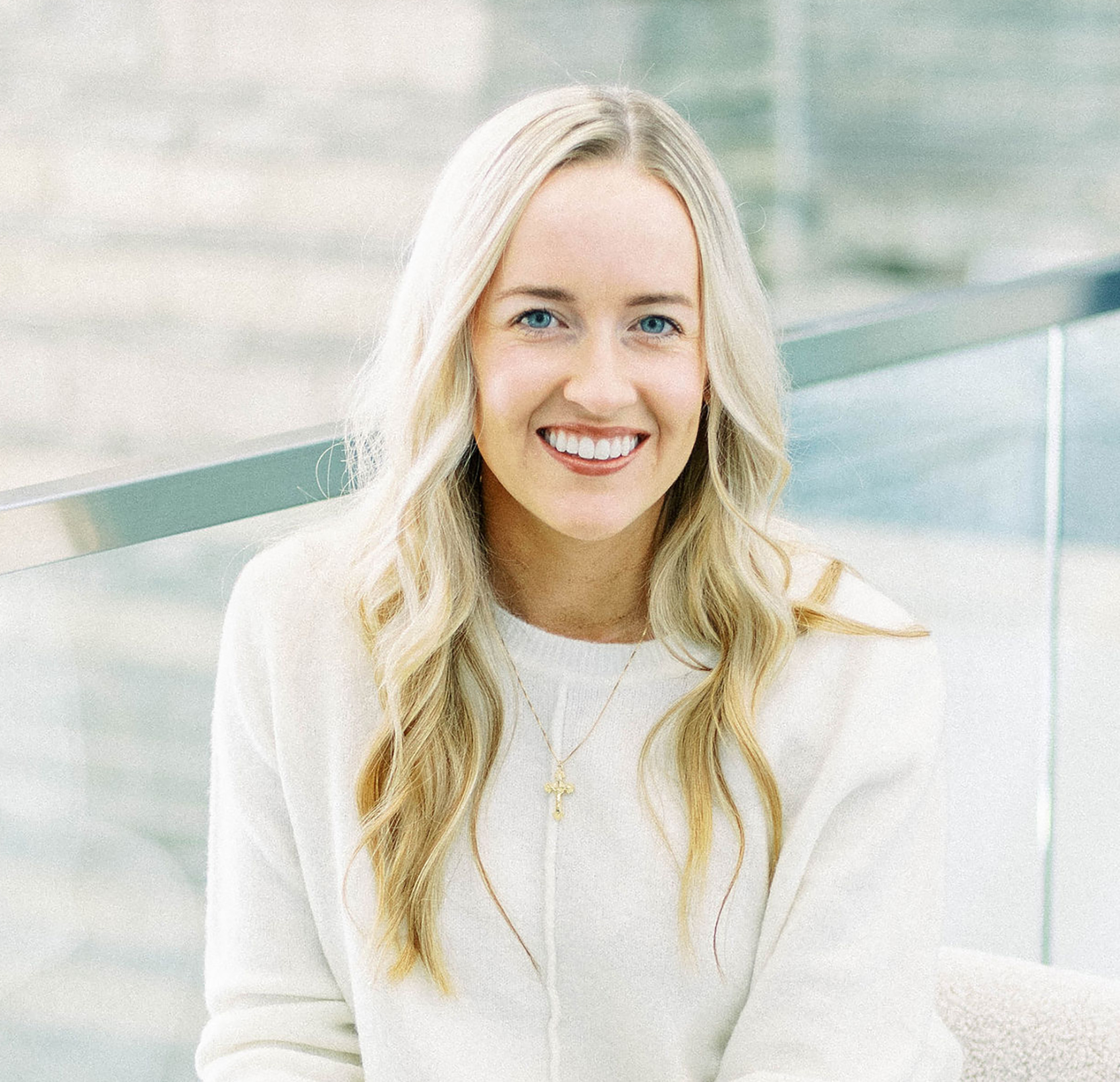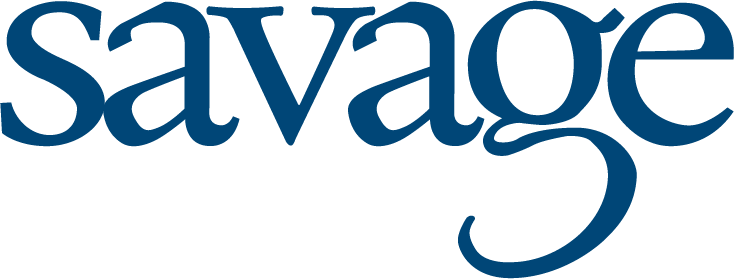
“How much should I/we keep in my/our savings account?”
 This is a common question I get when I first sit down with an individual or couple.
This is a common question I get when I first sit down with an individual or couple.
You may be familiar with the rule of thumb answer: 3-6 months of living expenses. That makes sense! If you lose your job or your spouse gets transferred to a new state, those funds will serve as a cushion until you find a new position.
Your savings account will allow you to keep all of your subscriptions and avoid ramen noodles every night for dinner.
If you are looking for the short answer, the paragraph above is a great start. However, everyone’s financial situation is different, so if you want to hear what I actually tell my clients, keep reading.
For young people just getting started, I encourage them to save $10,000 in the bank as fast as they can. For some, this will only take a few months and for others, a few years. This amount is attainable when considering what young, single people do with their money.
There shouldn’t be an emergency or fun opportunity such as a friend’s wedding that will deplete the $10,000 in one swoop.
Once achieving $10,000, I recommend clients find their own comfort level. This amount totally depends on the person. For some, they feel confident with $10,000 in their bank.
Other clients prefer $100,000 and can’t sleep at night if that number drops to five digits. Being comfortable and secure in your bank puts you in a better position to optimize other areas of your financial plan. (Personally, I’m a big fan of cash and the flexibility it provides.)
The next question that often follows is about how to allocate the dollars that are above and beyond a comfort level: “Megan, I’ve surpassed $10,000. If I see it in my bank, I’ll spend it. What do we do now?”
If you read my budgeting blog post (click here), you can do what my husband and fellow financial advisor, Nick, does. We put $416.67 a month toward savings. That odd amount adds up to $5,000 a year. Once our savings rose to $25,000, we opened a savings account that earns more than our day-to-day savings.
We called our new bank and they did all of it electronically. We have no cards attached to this account so if we really want the money, we must physically walk into one of their branch locations and make a withdrawal. I don’t even know where their closest branch is to us so you can be assured that this strategy to never touch this account works! I am not worried that I will tap into those savings unless there is truly an emergency. Only then will I look at their website’s branch locator. 😊
The second thing we did once we achieved $25,000 in savings was to increase our monthly contributions to our non-retirement investment account, rather than a savings account. In addition, anytime our bank accounts at our primary bank (our day-to-day bank) get higher than our comfort level, we will do additional deposits into our investment account.
A lot of my clients do this too! They have their bank account linked to their investment account so that anytime they want to make contributions to their investments, they simply give me a call. Conversely, if they need money for something, I can sell the security, and send cash to their bank.
Here’s the last scenario that my clients inquire about: “Megan, I don’t want to leave extra money in my savings account, but I also plan on using that money for something that will take place in the near future. What do I do?”
If you haven’t been able to tell by now, I use myself as an example so my clients know that the advice I give I apply to my own finances!
To answer the question, I put the money I’ll want in the near future in my non-retirement investment account and, specifically, into a fund that would be considered a money market or a money market alternative. I call this my future house money.
For my clients, they may call it future pool, future boujee vacation, future cottage, etc. It’s simply money they don’t need now but will when the opportunity presents itself.
The goal is to not lose money but earn more than a savings account at a bank. If a clients’ goals change and they won’t need the money as soon as they thought, we can turn the dial to make the investments more aggressive. Thankfully, we adapt with clients as their lives change!
If you had any of the questions above, I’m glad you sought out answers to how much you should keep in savings, what to do next and how to optimally plan for future and larger expenses.
Everyone’s comfort level and financial situation is different so I want to leave you with one last piece of advice: never compare your finances to others but rather, find what is right for you.
Want to talk about your specific situation and comfort level? I’m happy to talk! My contact information is available at my webpage: https://savageandassociates.com/megan-savage-rightnowar
Savage and Associates
Direct: 419.725.7201 | Office: 419.475.8665
655 Beaver Creek Circle Maumee, OH 43537
Securities and investment advisory services offered through Osaic Wealth, Inc., member FINRA/SIPC. Osaic Wealth is separately owned and other entities and/or marketing names, products or services referenced here are independent of Osaic Wealth.

